Hugo Pakula is weoting that CBP has begun saying that $5,000 penalties are going to be handed out for these issues starting today.
With Section 321 being suspended for China- and Hong Kong-origin goods, Customs knows that the status quo is changing. They know how importers will try and circumvent their targeting and penalties
Those that are circumventing or mitigating tariffs by under-declaring the value of goods (like using cost price without a formal first sale program in place) are priority number 1 — stealing revenue from the US government is not looked upon fondly.
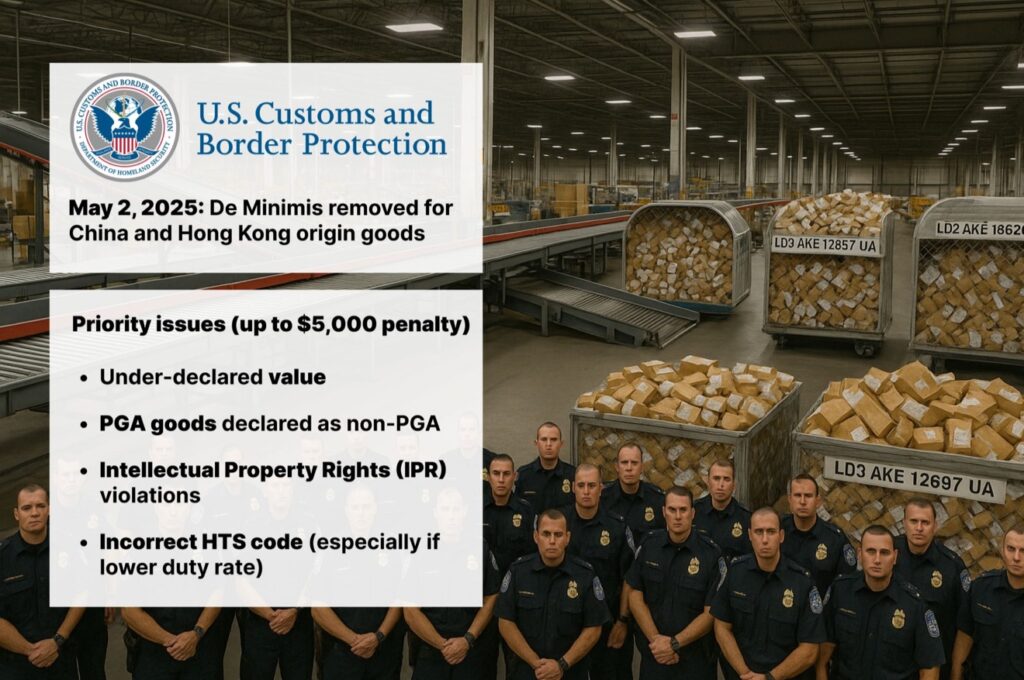
Next are other key issues caused by poor data quality during this transition from the de minimis treatment (duty-free, simple clearance) that importers have gotten used to:
- PGA goods (like cosmetics, food+drink, pharmaceuticals, wooden and paper articles, and more) being filed without proper PGA filings and documentation
- Items with IP markings but without a licensing agreement or proof of IP ownership
- Incorrect HTS codes, whether due to poor product descriptions, or intentionally classified incorrectly to reduce duty rates
These issues were hard to uncover in a duty-free environment. Now things are changing.
If you do not have:
- Adequate product descriptions (what is it, what is it made of, and what is the intended use)
- Confidence in your HTS classifications (AI classification may not suffice, if your descriptions were not up to par)
- Quality and accessible master data
- A compliance system with automated processes and reporting to help get you audit-ready
- A sufficient bond to cover your newly-dutiable imports
You need to prepare right now and speak to a customs expert who can help you navigate this.
It has never been more important than today to know your customs strategy.
It has never been more important than today to have quality master product data, and to have a close relationship with your customs broker.
The big reveal! Our grey containers will now proudly wear the iconic Maersk blue. This makeover welcomes our containerized service to join the blue of our freight carriers at sea, on land, and in the air.
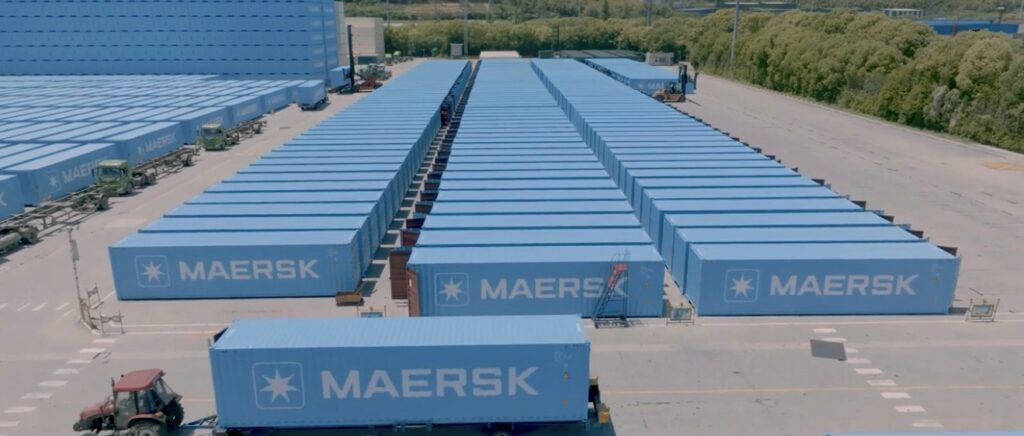
Back in 1975, we introduced our first containerized line – the Panama Line – and the grey dry container became a global symbol of Maersk reliability. Now, nearly five decades later, our containers are painted to match the color that encapsulates our more than 120 years of moving customers’ cargo.
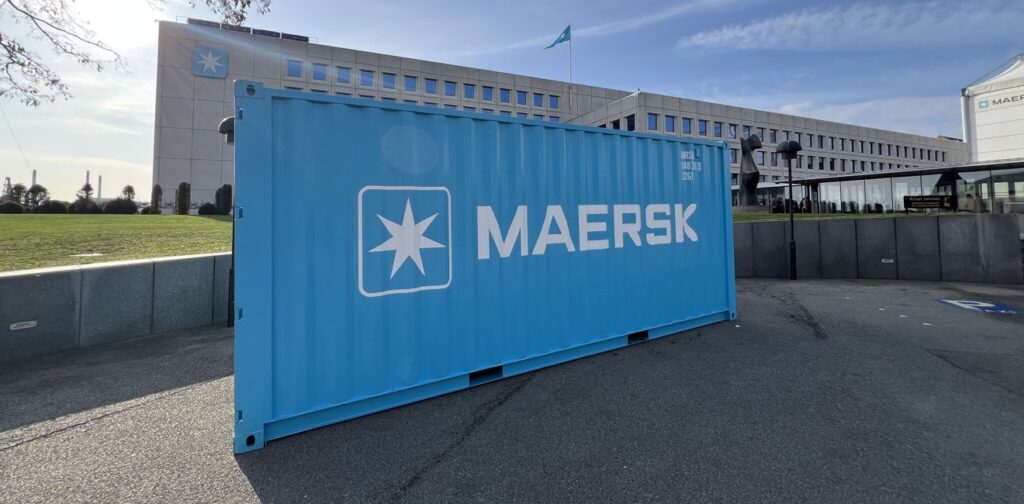
“More than a symbol of our brand and legacy, the Maersk blue stands for trust. And our containers represent the trust of our customers who have entrusted their goods to Maersk.” comments Sam Poulter, Global Head of Branding & Content at Maersk. “As our most visible brand asset, to celebrate that trust, our grey containers will now proudly bear the Maersk blue that is already the hallmark of our iconic vessels, planes, cranes, trucks, vans and logistics facilities.”
As economic uncertainty reshapes supply chains, A.P. Moller – Maersk is doubling down on China. From logistics leadership to long-term investments, CEO Vincent Clerc just made clear that China remains central to Maersk’s global strategy.
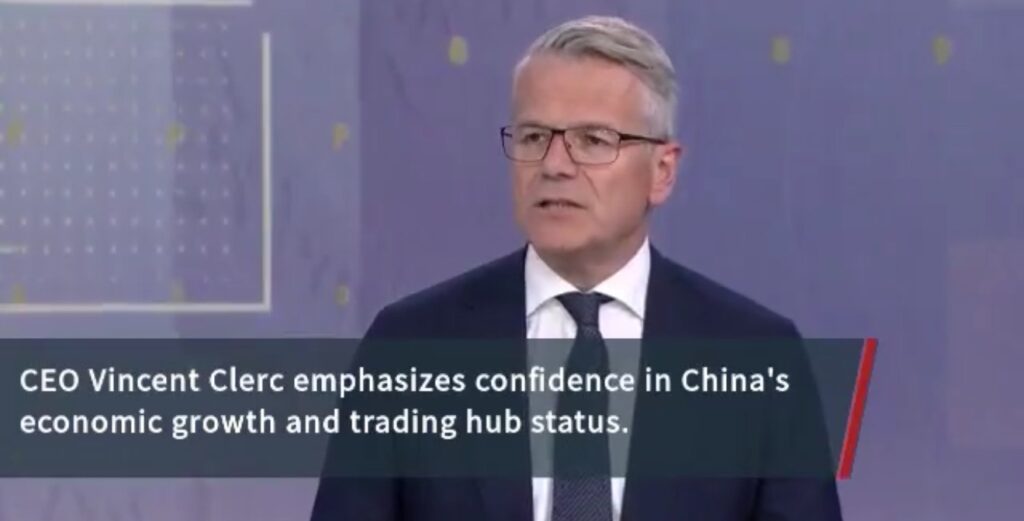
In an interview following his meeting with President Xi Jinping and 40+ global CEOs in Beijing, Clerc emphasized confidence in China’s growth, commitment to quality development, and Maersk’s readiness to expand its footprint in Asia’s largest market.
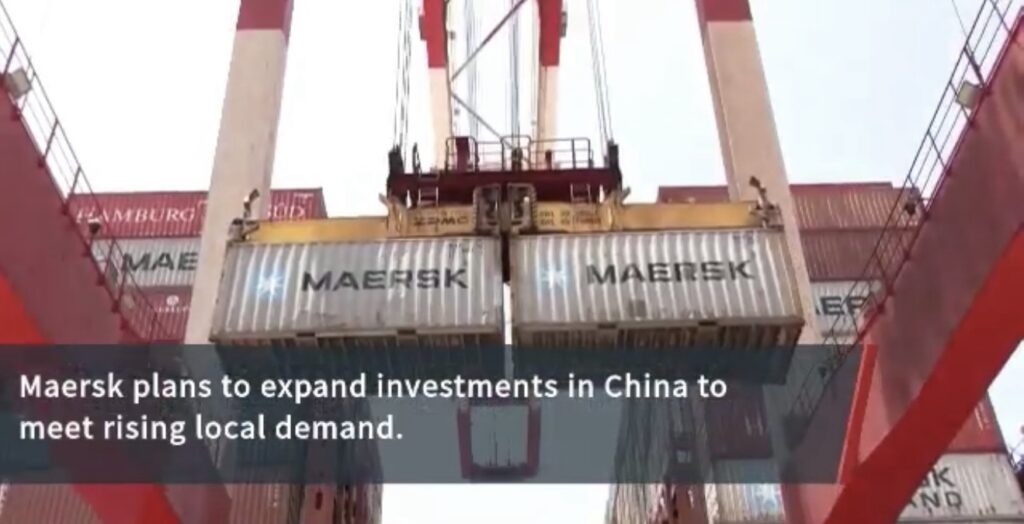
A century-long relationship is evolving — and Maersk is investing for the next hundred years.
Here are the essential key takeaways from Vincent Clerc:
1. “It’s always important to stay close in times of uncertainty to your core markets, your core customers, and your core stakeholders.”
2. “It was a pleasure to attend a meeting with President Xi and international CEOs and hear his perspective on China’s commitment to stability and quality growth.”
3. “China is focusing not only on manufacturing, but also on developing a strong and evolving consumer market.”
Source:MaritimeAnalytica

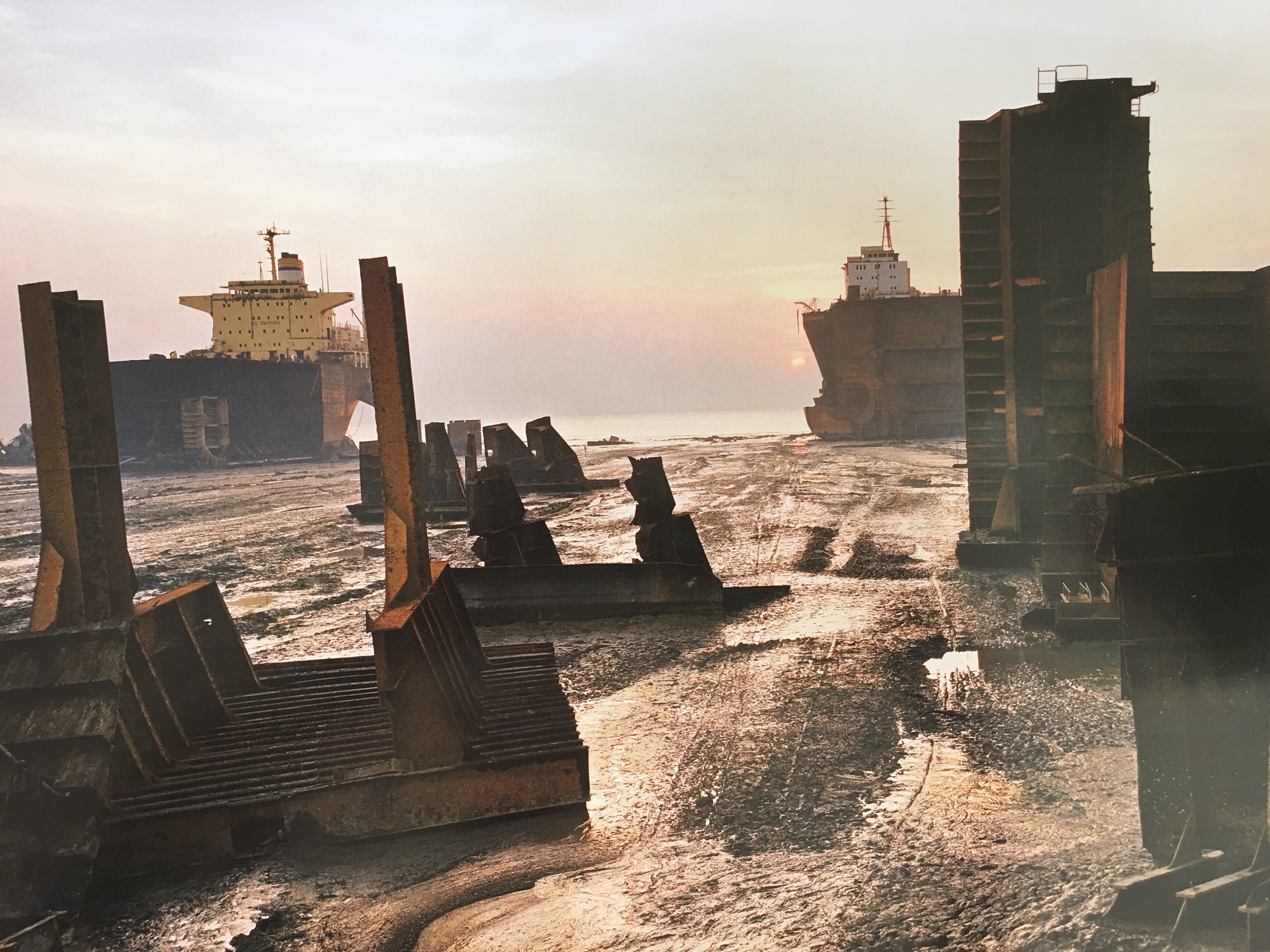
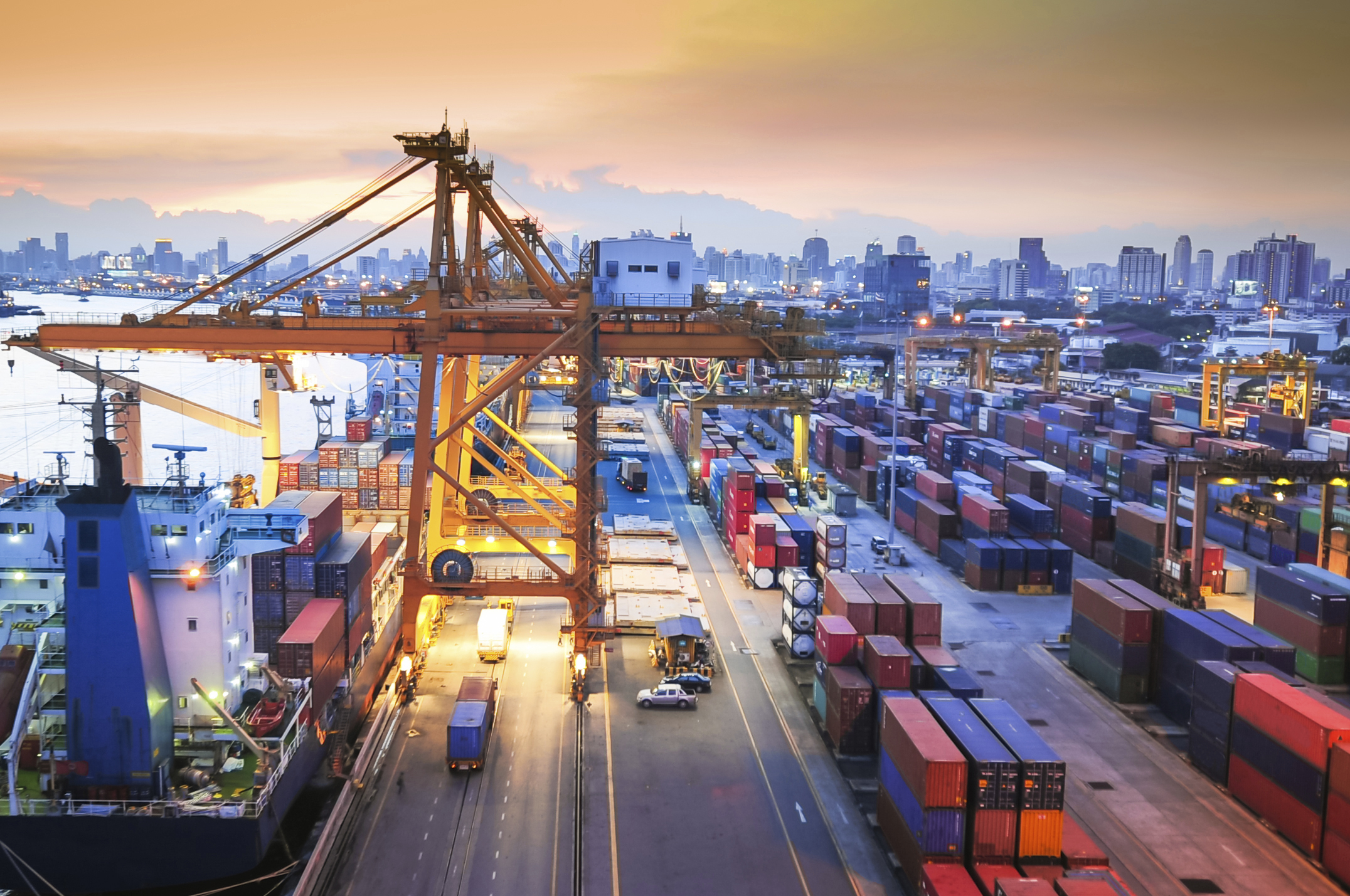



You must be logged in to post a comment.